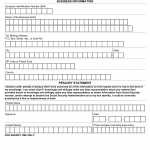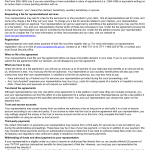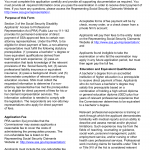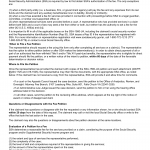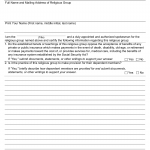Form SSA-1696-SUP2. Representative's Withdrawal of Acceptance of Appointment

Form SSA-1696-SUP2, the Representative's Withdrawal of Acceptance of Appointment, is used by representatives to officially withdraw their acceptance of an appointment by a claimant. The main purpose of this form is to allow representatives to decline or withdraw their representation of a claimant before the Social Security Administration.



